ClientEarth Communications
29th July 2021

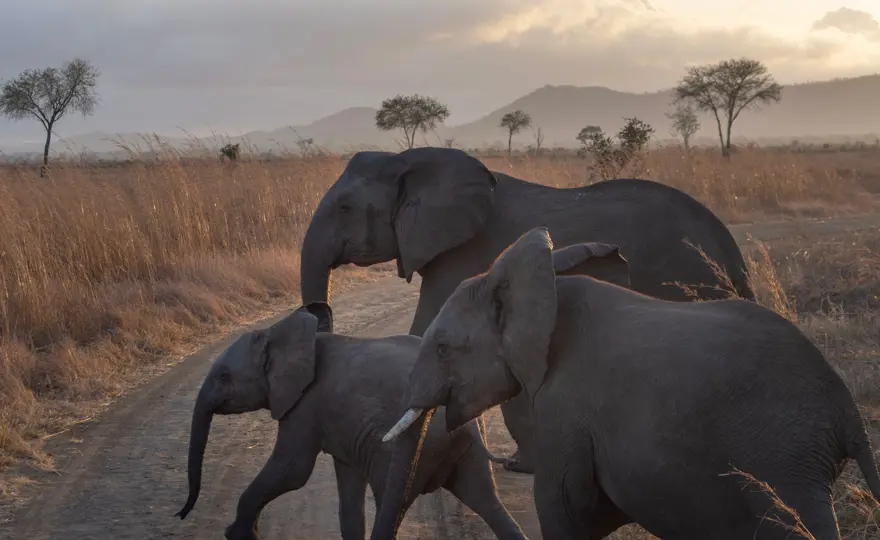
A keystone species is a species that has a disproportionately large impact on its environment – they hold ecosystems together and support biodiversity.
Purple Sea Stars were the first recognised keystone species. Research by zoology professor Robert T Paine showed that removing the sea stars from a tidal plain in Tatoosh Island in the US, cut the tidal plain’s biodiversity by half. Sea stars feed on mussels and barnacles and after they were removed, the mussel population soared crowding out other species, and impacting populations of sea snails, limpets and bivalves.
Since then, scientists have identified countless keystone species. Here are five examples from around the world that demonstrate why keystone species are so important to an ecosystem.
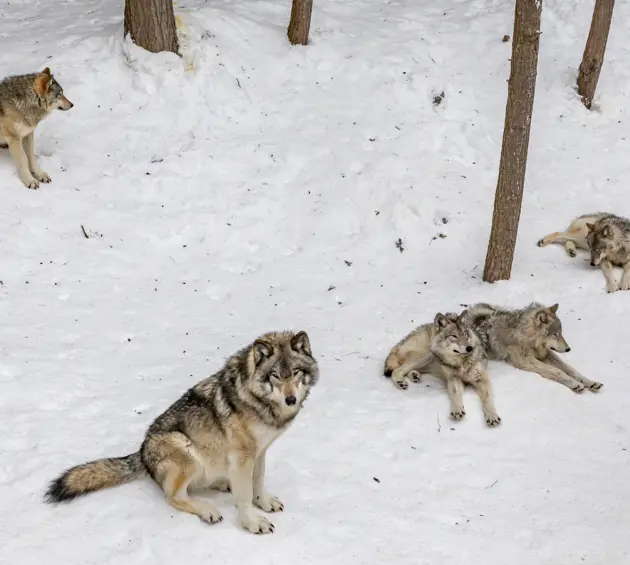
In Yellowstone Park in the US, wolves hunt elk, bison, rabbits and bird species – controlling their population. When grey wolves were eradicated from Yellowstone Park in the 1900s, the elk population soared. The high numbers of elk increased competition for food – overgrazing meant plant species declined. Bird and fish species who fed on the plants for their survival were impacted. Grey wolves have since been reintroduced to the area and there has been a subsequent revival of trees, beavers and birds.
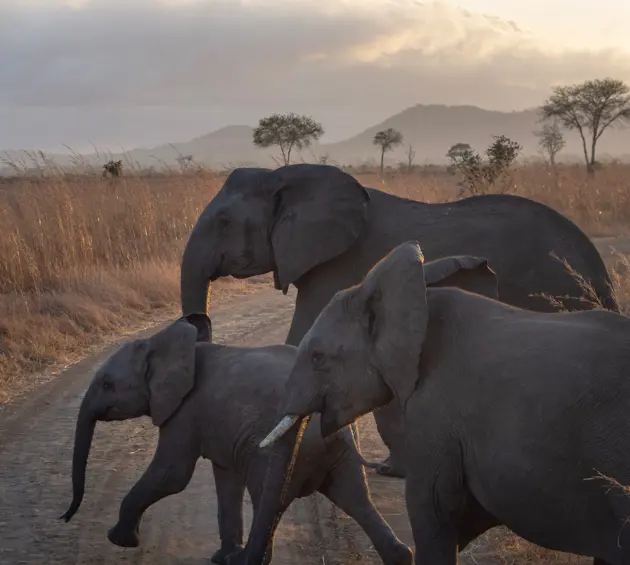
Without elephants, Africa’s grasslands would soon become forests. Elephants’ diets of shrubs and small trees controls the tree population, allowing grasses to thrive. Grasslands are able to support grazing animals such as antelopes, wildebeests and zebras. In turn, these animals are prey for predators like lions and hyenas. The dry soil of grasslands also makes the perfect habitat for smaller, burrowing animals like mice and shrews.
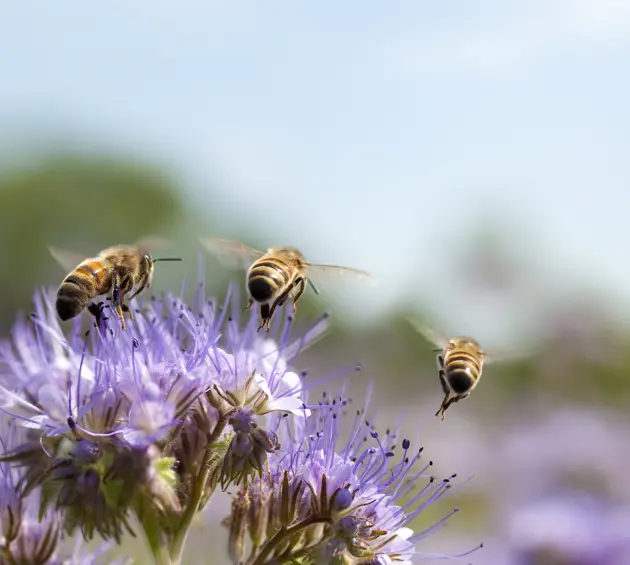
Honeybees have a huge impact on a large number of plant and animal species. Their role as pollinators supports the reproduction of plants which in turn, provide vital food for a range of animal species. As pollinator, they also promote genetic biodiversity through cross-pollination.
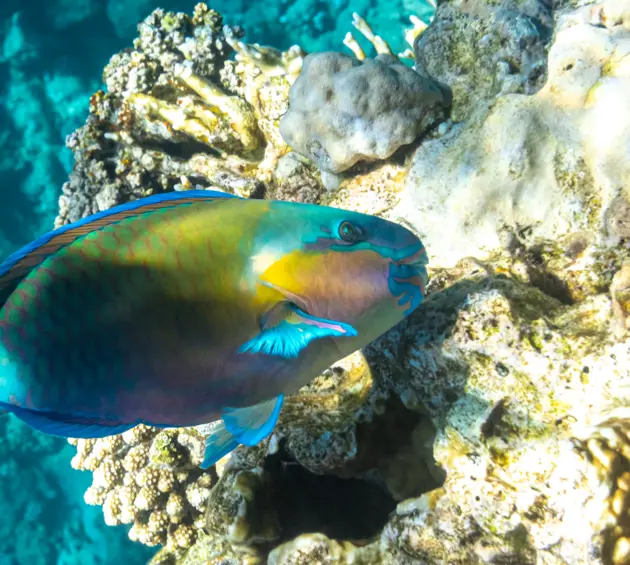
Parrotfish play a crucial role in maintaining the coral reef ecosystem. They eat vast amounts of algae, keeping the coral clean and allowing it to grow. They also eat dead corals, making room for new coral to grow in its place. Coral reefs provide shelter and food for a wide range of marine species.
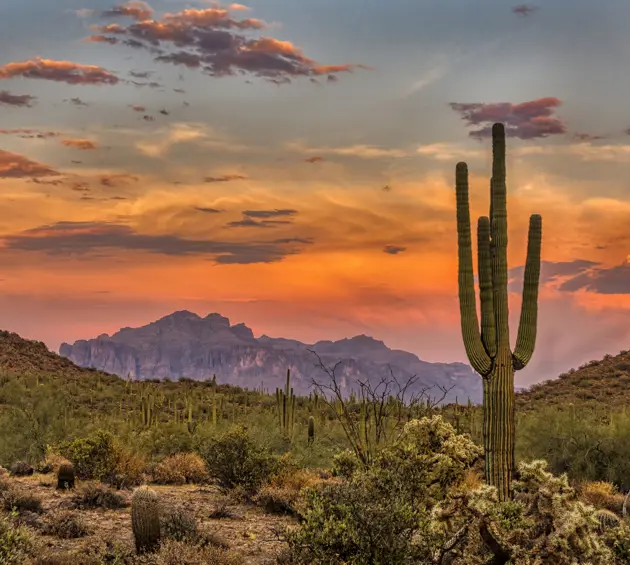
The Saguaro cactus – the tallest plants of the desert – support a host of desert wildlife. A variety of desert birds, including red-tailed hawks, elf owls and purple martins all use the cactus for nesting. Between April and June, the Saguaro cactus flowers – providing essential food for birds and insects.
ClientEarth Is working to help protect keystone species, like European Bison, as well as fragile habitats around the world.